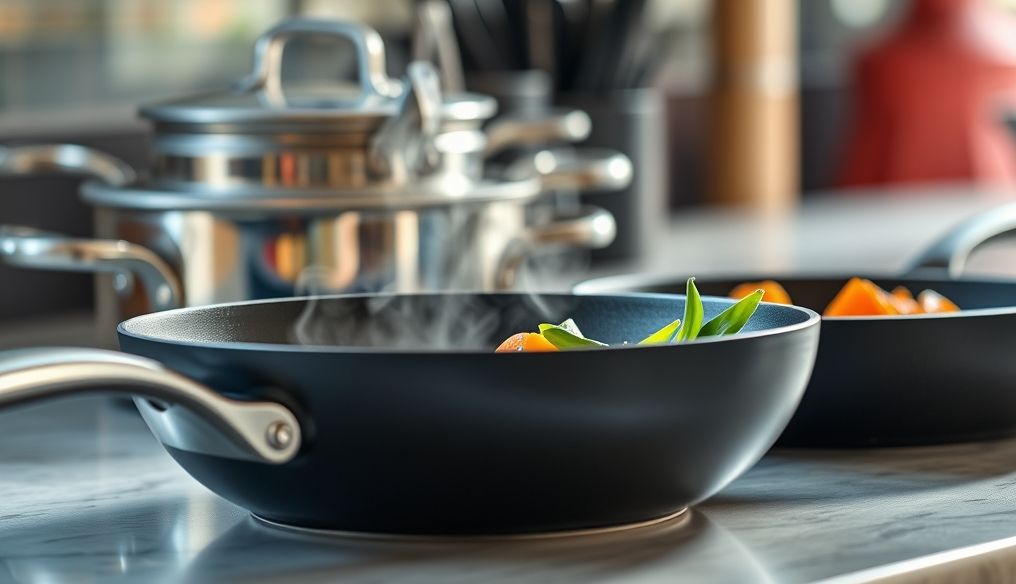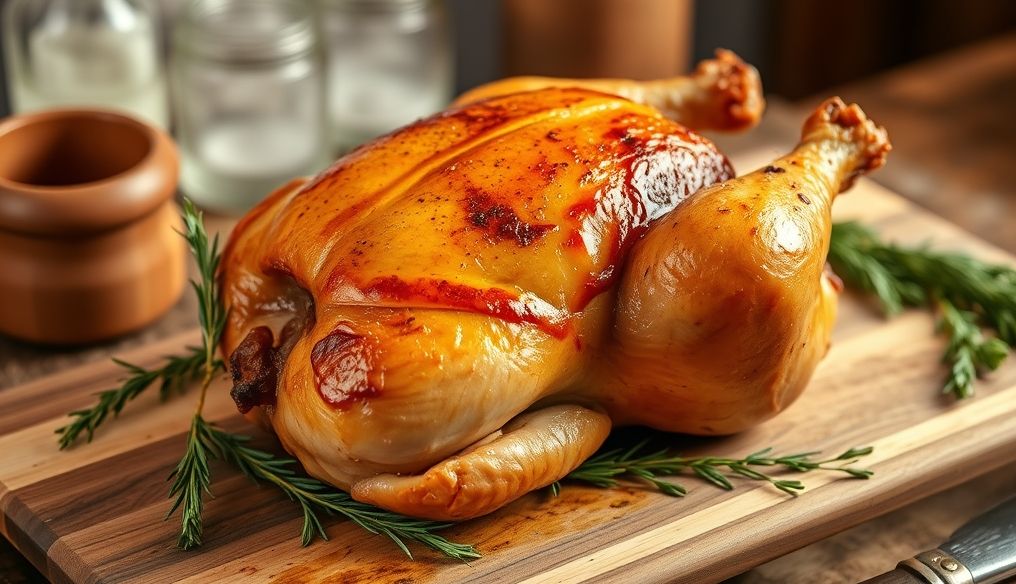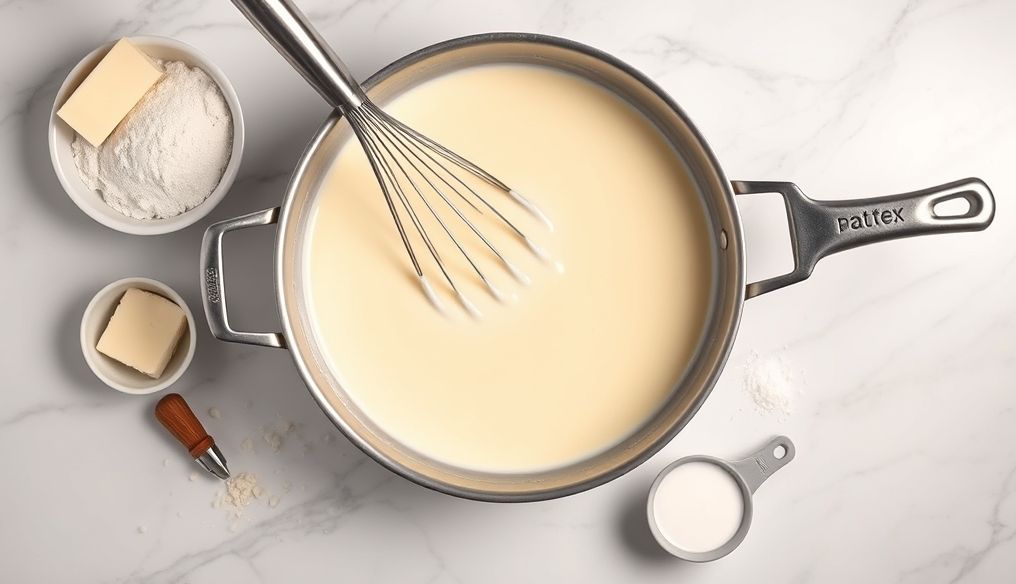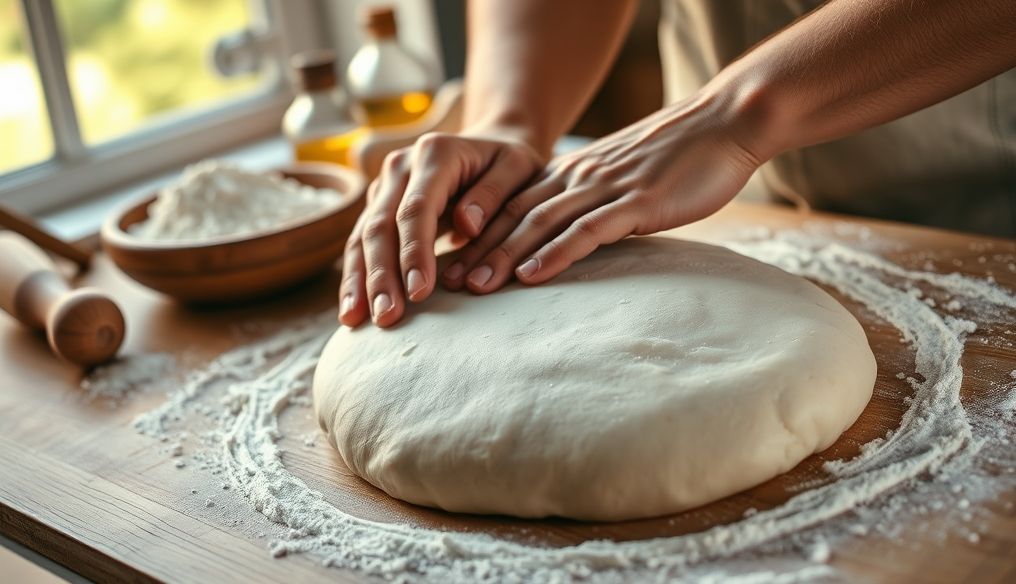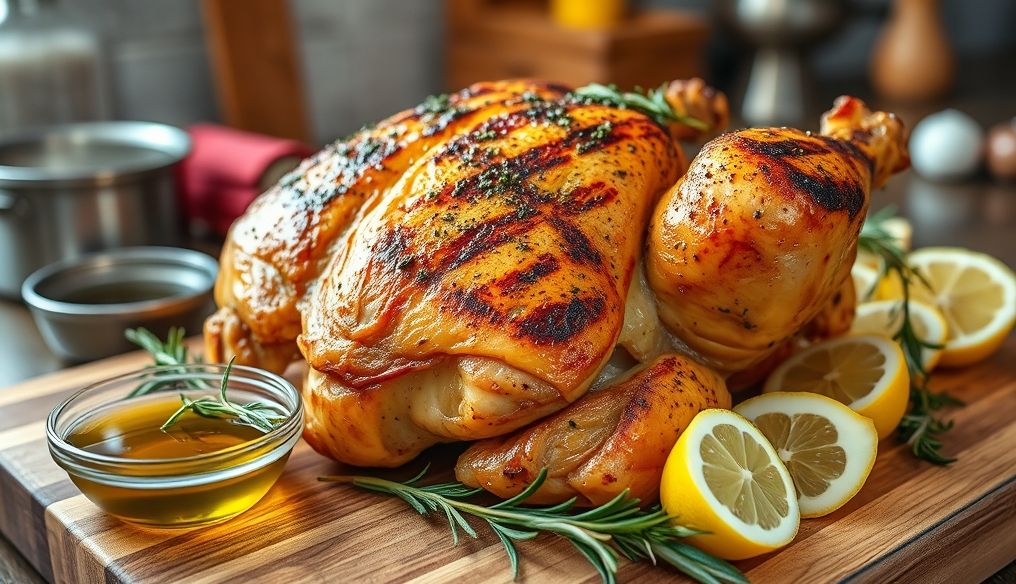Is Non-Stick Cookware Really Safe for Our Health?
Non-stick cookware, thanks to its ease of use and cleaning, has become a staple in our kitchens. However, questions have always been raised about its safety and potential impact on our health. This article aims to explore these concerns, examine the available scientific evidence, and provide practical guidelines for the safe use of these pans.
What is Non-Stick Cookware?
Non-stick cookware is cookware coated with a material that prevents food from sticking to its surface during cooking. The most famous of these materials is Teflon, the trade name for Polytetrafluoroethylene (PTFE). This material is characterized by its smooth surface, heat resistance, and ability to prevent sticking.
History of Non-Stick Cookware
PTFE was discovered by chance in 1938 by Roy Plunkett, a chemist working at DuPont. In the 1950s, DuPont began marketing Teflon commercially, and its use in cookware quickly spread thanks to its distinctive properties.
Health Concerns Associated with Non-Stick Cookware
Health concerns about non-stick cookware revolve around two main substances:
- Perfluorooctanoic acid (PFOA): A chemical that was used in the manufacture of Teflon.
- Polytetrafluoroethylene (PTFE): The material that makes up the Teflon coating itself.
Perfluorooctanoic Acid (PFOA)
PFOA was used in the manufacturing process of Teflon, but it was not part of the final product. However, there were concerns about environmental pollution and the exposure of factory workers to this substance. Studies have shown that PFOA can accumulate in the body and increase the risk of certain types of cancer, thyroid problems, and high cholesterol.
Good News: As of 2013, most manufacturers have stopped using PFOA in the production of non-stick cookware. This means that modern pans are less likely to be contaminated with this substance.
Polytetrafluoroethylene (PTFE)
Concerns regarding PTFE focus on what happens when non-stick pans are heated to very high temperatures. When temperatures exceed 260°C (500°F), PTFE can begin to break down and release potentially harmful fumes.
Symptoms of "Teflon Flu": Exposure to these fumes can cause flu-like symptoms such as fever, chills, headache, and sore throat. These symptoms are known as "Teflon flu" or "polymer fume fever."
Pets are More Sensitive: Pet birds, in particular, are very sensitive to PTFE fumes and can die if exposed to them.
Is Modern Non-Stick Cookware Safe?
In general, modern non-stick cookware is considered safe for home use, as long as it is used correctly. This is because manufacturers have stopped using PFOA, and PTFE itself is considered stable and harmless under normal cooking conditions.
Scientific Studies: Many scientific studies have found no conclusive evidence that the use of non-stick cookware causes serious health problems, as long as the instructions for proper use are followed.
Tips for Safe Use of Non-Stick Cookware
To minimize any potential risks, here are some important tips:
- Do Not Overheat Empty Pans: Avoid heating empty non-stick pans over high heat. This can cause the temperature to rise rapidly and the coating to deteriorate.
- Use Low to Medium Heat: Most foods can be cooked over medium or low heat. This reduces the risk of overheating and coating degradation.
- Avoid Using Metal Utensils: Use spoons and stirring utensils made of wood, silicone, or nylon to avoid scratching the non-stick coating.
- Clean Pans Gently: Wash non-stick pans with warm, soapy water using a soft sponge. Avoid using abrasive cleaners or scouring pads.
- Ventilate the Kitchen: Make sure there is good ventilation in the kitchen while cooking, especially if you are using non-stick pans over high heat.
- Replace Damaged Pans: If the non-stick coating begins to deteriorate or peel, it is best to replace the pan.
- Choose High-Quality Pans: Look for non-stick cookware made from high-quality materials and bearing trusted brand names.
Alternatives to Non-Stick Cookware
If you are still concerned about using non-stick cookware, there are many safe and effective alternatives:
- Stainless Steel Cookware: A durable, safe, and easy-to-clean option.
- Cast Iron Cookware: Retains heat well and adds a distinctive flavor to food.
- Ceramic Cookware: A non-stick alternative made from natural materials.
- Glass Cookware: Safe and non-reactive, but may be fragile.
Conclusion
Modern non-stick cookware is considered safe for home use as long as it is used correctly. However, it is important to take the necessary precautions, such as avoiding heating empty pans, using low to medium heat, and replacing damaged pans. If you are still concerned, there are many safe alternatives that you can use.
Disclaimer: The information in this article is for informational purposes only and should not be considered a substitute for professional medical advice. Always consult a qualified healthcare professional before making any decisions related to your health.
